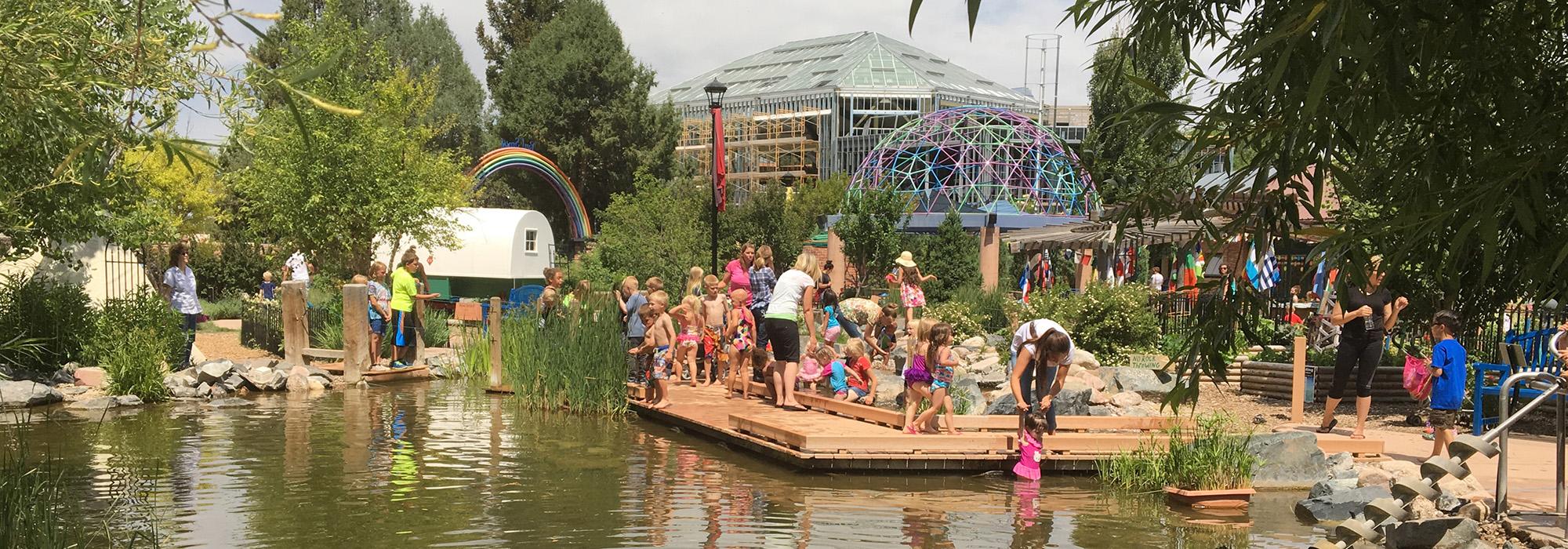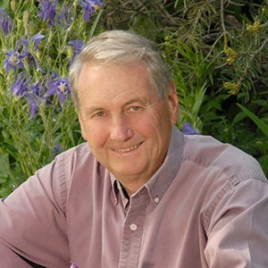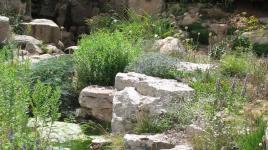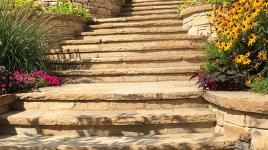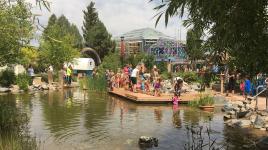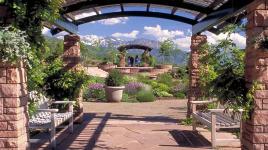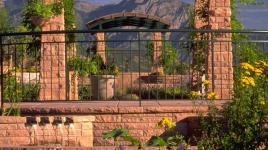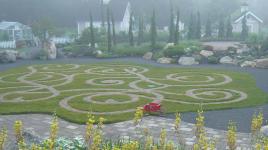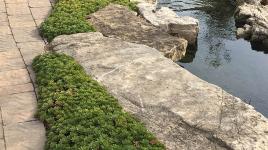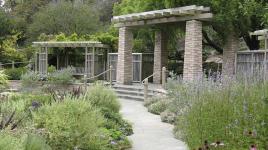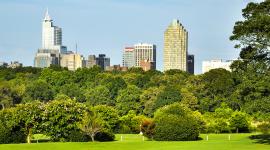Pioneer Information
Schaal grew up in Oakland, California, admiring the work of his father, Rudolf Schaal, a landscape architect who emigrated from Germany in the 1930s. The younger Schaal received his B.S. in landscape architecture from Cal Poly Pomona and was recognized as the "Outstanding Graduate in Landscape Architecture" in 1962. After practicing in California and North Carolina, he moved, in 1966, to Syracuse, New York, where he taught full-time at the State University of New York College of Environmental Science and Forestry while earning his M.L.A. Schaal joined the San Francisco office of Eckbo, Dean, Austin and Williams in 1970, and in 1974 he founded the EDAW office in Fort Collins, Colorado. There he led a distinguished career until his retirement in 2012.
Schaal worked on a vast array of diverse projects, ultimately specializing in public gardens. He created master plans and designs for dozens of botanical gardens and arboretums nationwide including the master plan and design for the Coastal Maine Botanic Gardens. He also became acclaimed for youth-oriented gardens and contemplative health-care gardens and worked on several prominent national parks, including Yellowstone, Grand Canyon, and Yosemite. Schaal was also the primary landscape architect for dozens of campus projects over the course of fifteen years at Washington University in Saint Louis. Among his most significant commissions was his first project at EDAW, the Pacific Gas and Electric Company’s Davenport transmission line study near Santa Cruz, California, noteworthy for its cutting-edge application of GIS technology in 1970. The EDAW Summer Student Program, which Schaal established and directed, received the Landscape Architecture Medal of Excellence (previously the Award of Excellence) from the American Society of Landscape Architects (ASLA) in 2000. Schaal was named a Fellow of the ASLA in 1990 and was named Designer of the Year by the American Horticultural Society in 2008. He is now retired and resides in Colorado.



